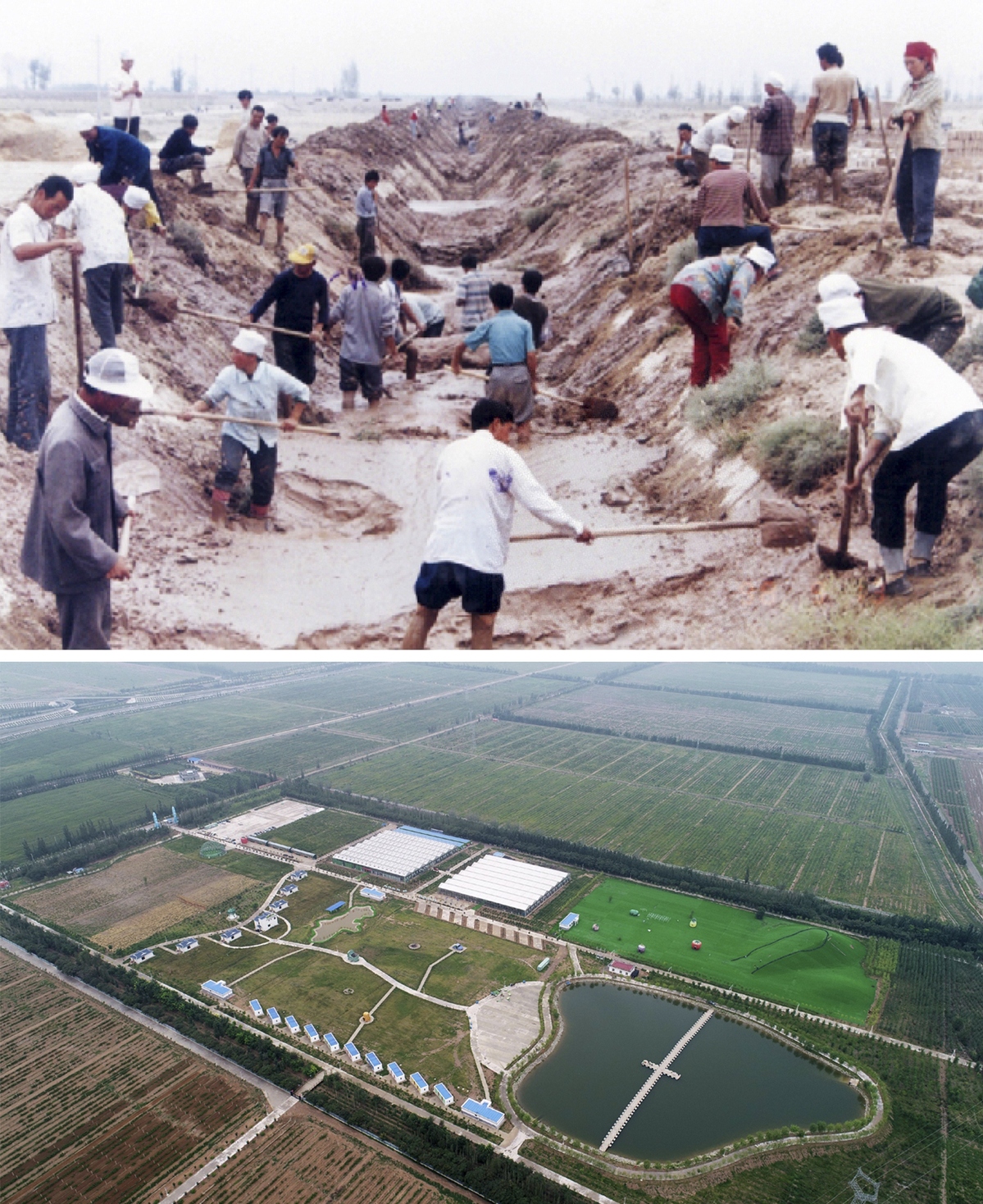Environmental migrants find arable land, jobs


There are dozens of greenhouses in this part of Minning, ranging from 64 to 74 square meters, where families from the latest batch of arrivals work.
Ma Chaoqun (no relation), 38, relocated from the same village, which is nearly 400 kilometers away, also in 2017. The greenhouse he runs is similar to that managed by Ma Xiuwen.
The new arrivals can use the facility for free for the first fruit and vegetable season, and then pay 1,000 yuan ($145) annually to lease a plot, Ma Chaoqun said.
But nostalgia has crept in.
On a recent afternoon when China Daily visited, Ma Chaoqun said, "I miss the mountains of my old village, especially when I rest." He spoke as his young son played in the loose dirt around the greenhouse plants.
A number of migrants in and around Yinchuan spoke of the water scarcity and underdevelopment in southern Ningxia.
In Minning, a settlement of 60,000, some of them undergo a month's training before taking up greenhouse jobs. Many are middle-aged and unskilled.
An economic model that involves companies and farm cooperatives is being promoted by the government, according to local officials.
Official data show 121,000 people were living in poverty in Ningxia last year, about 2 percent of its population of some 6 million. While the region's poverty incidence rate (per family) has continued to decline since 2010, it remains higher than the national rural average.
Ningxia is geographically smaller than some other regions in China.
























